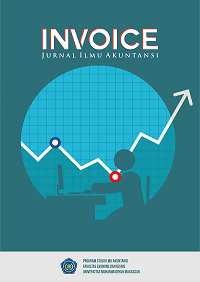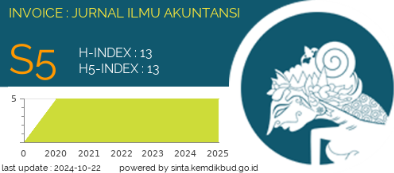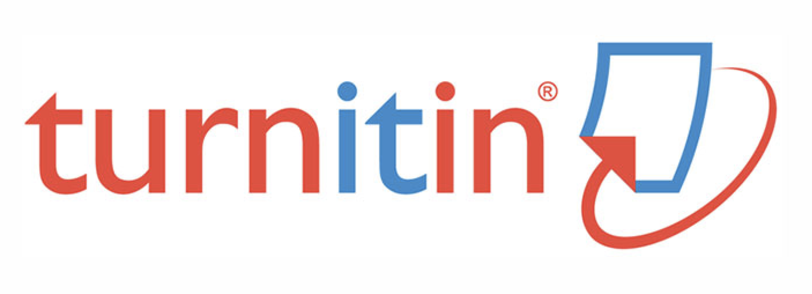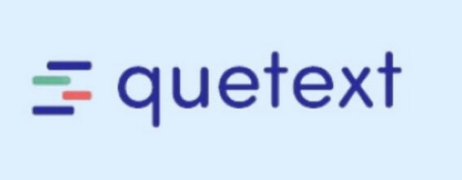Ijarah Muntahia Bittamlik: Comprehensive Analysis and Implementation in Sharia Financial Business in Indonesia
Abstract
Ijarah Muntahia Bittamlik (IMBT) is a Sharia-based financial instrument that merges the concept of leasing (ijarah) with a transfer of ownership, offering an innovative solution for long-term asset financing. This study aims to comprehensively analyze IMBT, comparing it with conventional leasing (ijarah) and evaluating its application in Indonesia's Islamic financial sector. A qualitative method with a descriptive-analytical approach was employed, drawing on literature reviews and industry data. The findings show that IMBT offers greater flexibility compared to conventional ijarah, especially in asset ownership transfer. In Indonesia, various Islamic financial institutions have implemented IMBT, but its growth faces challenges such as regulatory limitations, standardization of contracts, and low public awareness. The study emphasizes the need for enhanced regulation and greater efforts in public education to facilitate wider adoption. It also highlights the significant role of IMBT in addressing the increasing demand for Sharia-compliant asset financing, such as property and vehicle purchases. By providing practical recommendations, this study contributes to the development of IMBT literature and supports stakeholders in the Islamic financial industry to better utilize this financial product. IMBT's potential for growth in Indonesia is significant, especially in light of the expanding Islamic finance sector and increasing demand for asset financing solutions that align with Sharia principles.References
The Qur'an and its Translation.
AAOIFI. (2015). Sharia standards. Accounting and Auditing Organization for Islamic Financial Institutions.
AAOIFI. (2017). Accounting and Auditing Organization for Islamic Financial Institutions Standards. Manama, Bahrain.
Ahmed, H. (2011). Product development in Islamic banks. Edinburgh University Press.
Al-Suwailem, S. (2006). Hedging in Islamic finance. Islamic Development Bank.
Ascarya. (2011). Akad dan produk perbankan syariah. Rajawali Press.
Bank Indonesia. (2007). Bank Indonesia Regulation No. 9/19/PBI/2007 concerning implementation of sharia principles in activity fundraising, fund distribution, and sharia banking services.
Chapra, M. U. (2008). The future of economics: An Islamic perspective. The Islamic Foundation.
Dusuki, A. W., & Abdullah, N. I. (2007). Maqasid al-Shariah, Maslahah, and corporate social responsibility. The American Journal of Islamic Social Sciences, 24(1), 25-45.
Dusuki, A. W. (2010). Challenges of realizing Maqasid al-Shariah in Islamic banking and finance. International Journal of Economics, Management & Accounting, 18(2), 33-56.
El-Gamal, M. (2006). Islamic finance: Law, economics, and practice. Cambridge University Press.
Financial Services Authority. (2014). Regulation Financial Services Authority No. 31/POJK.05/2014 concerning implementation of sharia financing business.
Hassan, K., & Lewis, M. (2007). Handbook of Islamic banking. Edward Elgar Publishing.
Iqbal, Z., & Mirakhor, A. (2011). An introduction to Islamic finance: Theory and practice. Wiley.
Ismail, A. G. (2010). Money, Islamic banks and the real economy. Cengage Learning.
Ismail, A. G., & Shaikh, S. A. (2017). Role of Islamic finance in sustainable development. Journal of Islamic Monetary Economics and Finance, 2(2), 221-242.
Kamali, M. H. (2008). Shari'ah law: An introduction. Oneworld Publications.
Khan, T., & Bhatti, M. (2008). Islamic banking and finance: On its way to globalization. Managerial Finance, 34(10), 708-725.
Marsuni, N. S., & Yusuf, M. (2022). Concept of financial management in Islamic perspective. Invoice: Journal Knowledge Accounting, 4(2), 346-352.
Marsuni, N. S., & Rismawati, R. (2018). Income and cost analysis of business activities development at the Business Development Center (P2B) State Islamic University of Makassar. Journal of Balanced Economics, 14(1), 129-136.
Marsuni, N. S., Arum, R. A., Mariana, L., & Nersiyanti, N. (2023). Abnormal comparison analysis of return and trading volume activity before and after the announcement of the Covid-19 pandemic. Economos: Journal of Economics and Business, 6(3), 276-285.
MUI National Sharia Council. (2002). DSN-MUI Fatwa No. 27/DSN-MUI/III/2002 concerning Al-Ijarah Al-Muntahiyah Bi Al-Tamlik.
Obaidullah, M. (2005). Islamic financial services. Islamic Economics Research Center, King Abdulaziz University.
Rosly, S. A. (2005). Critical issues on Islamic banking and financial markets. Dinamas Publishing.
Sabiq, S. (1987). Fiqh al-Sunnah. Dar al-Kitab al-Arabi.
Usmani, M. T. (2002). An introduction to Islamic finance. Brill.
Warde, I. (2000). Islamic finance in the global economy. Edinburgh University Press.
Zaher, T. S., & Hassan, M. K. (2001). A comparative literature survey of Islamic finance and banking. Financial Markets, Institutions & Instruments, 10(4), 155-199.
Zainuddin, A. (2008). Sharia banking law. Sinar Grafika.
Zaman, A. (2013). Islamic economics: A survey of theories and empirical evidence. Journal of Islamic Economics, 9(2), 45-67.
Zed, M. (2004). Research methods bibliography. Yayasan Obor Indonesia.
Downloads
Published
Issue
Section
License
Authors who publish with Invoice: Jurnal Ilmu Akuntansi agree to the following terms:
-
Copyright Ownership
The copyright of all articles published in this journal remains with the author(s). However, the authors grant Invoice: Jurnal Ilmu Akuntansi the right of first publication with the work simultaneously licensed under a Creative Commons Attribution 4.0 International License (CC BY 4.0). This license allows others to share, copy, redistribute, adapt, and build upon the work for any purpose, even commercially, as long as proper credit is given to the original author(s) and the source. -
Licensing and Access
Invoice: Jurnal Ilmu Akuntansi provides immediate open access to its content on the principle that making research freely available to the public supports a greater global exchange of knowledge. All published materials are available freely without subscription or payment and can be accessed, downloaded, and reused by any user provided that appropriate attribution is given. -
Permission for Reuse
For uses not covered by the CC BY 4.0 license, such as commercial reprints, translations, or any form of adaptation without clear attribution, users must obtain written permission from the editorial team. Requests for such permissions can be directed to the editorial office at: [invoice@unismuh.ac.id]. -
Plagiarism and Originality
Authors are responsible for the originality of their submissions. All articles are screened for plagiarism using appropriate tools before acceptance. Manuscripts found to contain unoriginal content or infringing materials will be rejected or retracted as per journal policy.














